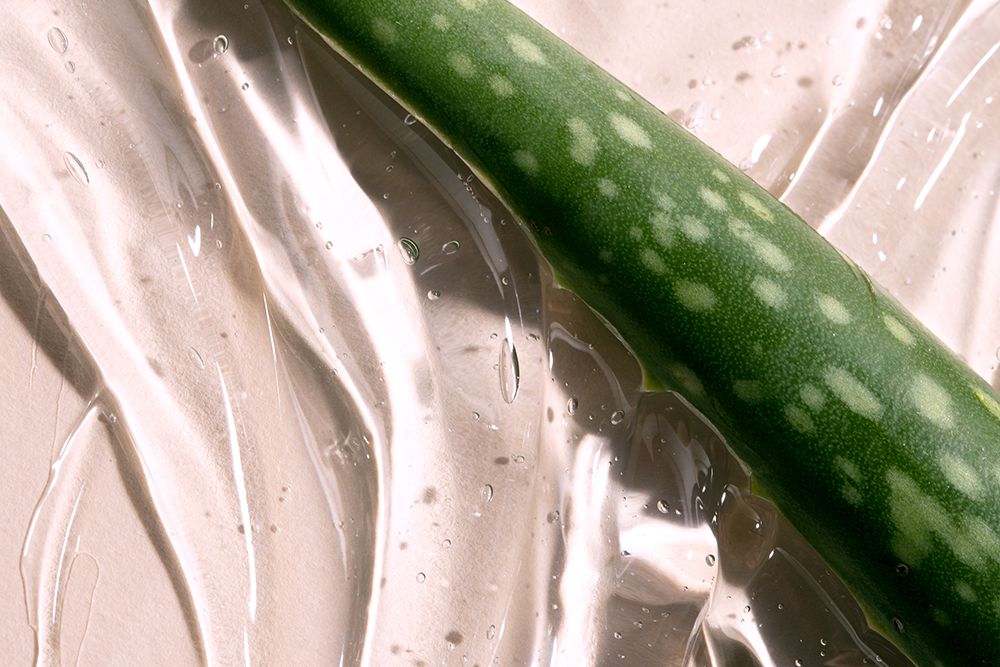Settling the Debate: Does Chocolate Actually Cause Acne?
You’ve probably heard the old adage that eating chocolate (along with bad-for-you foods like potato chips and french fries) may cause pimples. There’s certainly a gut-skin connection that could account for the correlation, though the science to back up the claim is varied. In the 1960s, a group of researchers set out to uncover the relationship between chocolate and acne. The study, which consisted of 65 people, indicated that chocolate did not worsen acne over the course of four weeks. However, according to a report from the National Institutes of Health (NIH), the study has since been called into question for methodological flaws; the NIH observed that while there isn’t a factor specific to chocolate that’s been found to cause breakouts, it’s the sugar content that might lead to skin changes. However, despite there being a high sugar content in chocolate, while 53% of the participants in the original study reported chocolate as a possible trigger food, only 16% reported sugar as a potential trigger, which means there’s a murkiness in their reporting. All things considered, does this mean that chocolate is in fact a skin aggressor? Or are we mistakenly blaming the treat?
Ahead, we tapped a dermatologist and nutritionist to investigate the truth: does eating chocolate make you break out?
Does Chocolate Cause Acne?
Acne is the most widespread skin condition in the U.S., affecting approximately 50 million people. From hormones to hygiene, there are many causes; but is eating chocolate one of them? According to Green, “There is no evidence that chocolate itself causes acne.” But, not all chocolate is created equal. If you’re eating chocolate that’s full of corn syrup, sugar, fillers, dairy, and additives, you’re ingesting things that can definitely contribute to a breakout.
Poon agrees, adding that “sugar, dairy, and processed foods can disrupt your gut microbiome, leading to skin problems. These foods have also been shown to be directly linked to some skin conditions,” she says, including acne.
However, the main ingredient in chocolate is cocoa, which Poon says is “rich in antioxidants or flavanols,” and can actually improve the condition of your skin. “The antioxidants found in chocolate are truly remarkable,” she says. “Studies have shown that the polyphenols found in the cocoa plant possess anti-inflammatory and antioxidant properties, can neutralize oxidative damage, and can be helpful in protecting the skin from damage caused by UV rays.” Poon points to the findings of a 2014 NIH study which suggest cocoa in pure form is beneficial to skin health.
According to Poon, milk chocolate isn’t necessarily bad for you in moderation—”but it does tend to have more sugars, dairy, and fillers that aren’t skin-friendly,” she explains. “If your main objective in eating chocolate is to boost your health, then you would want to choose the darkest chocolate you can find, without any additional ingredients.” That means skip the fillers (like toffee chips and crisps) and opt for organic, non-GMO varieties.
How Does Diet Affect Your Skin?
Today, we understand the link between eating a healthy diet and achieving a healthy complexion. Several studies have found that dietary intervention may influence the course of acne. These studies indicate that sugar and dairy are the main culprits when it comes to breakouts—in other words, foods with a high dietary glycemic load are the most acne-inducing. High-sugar and high-carb foods like white rice, white sugar, and white bread are absorbed quickly, leading to higher serum glucose and insulin levels. In turn, this revs up sebum production, as well as stimulates adrenal androgen synthesis and increases androgen bioavailability, all of which play a role in the formation of acne.
Casein and whey, the milk protein in dairy, releases a hormone that is similar to insulin, which, according to Poon, can disrupt the gut microbiome and also trigger inflammation and acne. Green agrees these foods can contribute to increased breakouts.
Best Foods to Eat for Clear Skin
Green says a healthy diet may provide you with clearer skin, especially when it comes to the skin’s moisture levels. Diet can also affect the collagen levels in skin, essential for what Green calls a “smooth and clear complexion.”
Below, our experts share their favorite foods to eat to promote a clear and healthy complexion.
- Water: Hydration is crucial for skin health. “Your skin cells are made up of 70% water. If you are dehydrated, your skin will appear dry and listless,” says Poon. Green adds that staying hydrated is one of the healthiest things you can do for your skin, the body’s largest organ. “When you drink plenty of water throughout the day, you are replenishing your inner organs and skin with moisture that has been lost through sweat and other natural processes.”
- Super Greens: Spirulina, chlorella, and wheatgrass are nutrient dense super greens rich in phytonutrients and antioxidants, which Poon loves to for clear skin. She suggests finding super greens in powder form.
- Citrus: Citrus fruits are high in vitamin C, which is necessary for collagen production.
- Açai berries: Because these are antioxidant rich, Poon says they’re a great way to help protect your skin from oxidative damage.
- Matcha: Another great source of antioxidants.
- Dark chocolate: “Dark chocolate has amazing benefits for the skin, including protection from UV rays and free radicals,” says Poon.
- Fish: According to Poon, fish is high in omega-3 fatty acids, which support hydration and may also protect against sun damage. Green agrees that “eating omega rich foods can be beneficial to skin wellness.”
- Walnuts: If you don’t eat fish, Poon suggests walnuts as a source of skin smoothing omega-3 fatty acids.
- Avocados: These are high in riboflavin, which Green says provides elasticity for the skin.
- Lentils: A source of lysine, which Green says is a “building block in the synthesis of collagen and elastin.”










